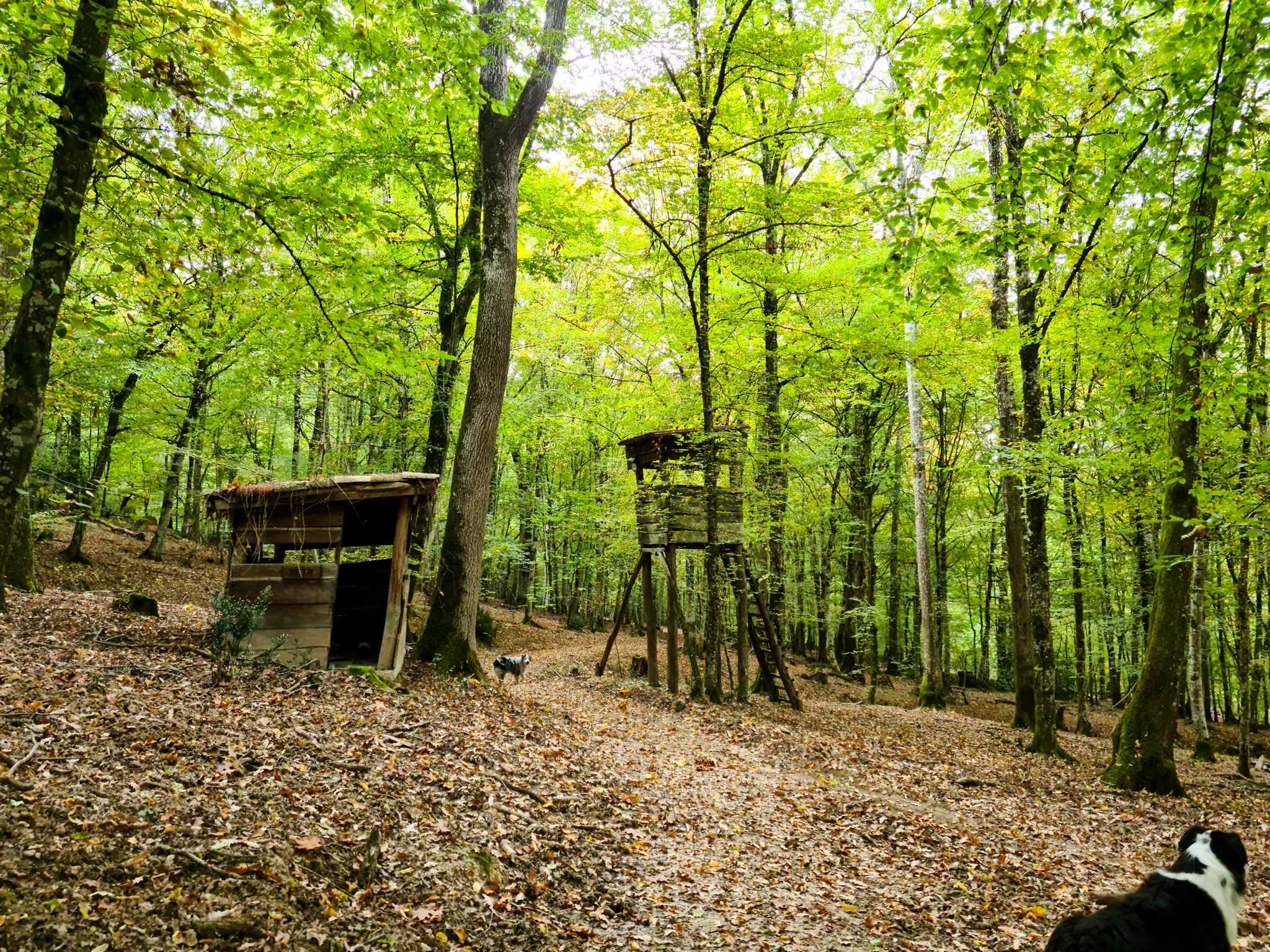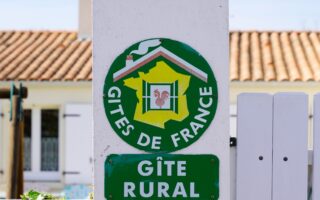Owning Property with Woodland or Forestry in France: Preparing a Plan Simple de Gestion
Essential Reading


The decision to buy a chunk of woodland in France brings many rewards, and inevitably, some paperwork. It doesn’t matter whether your forest is used for business or pleasure. If privately owned, the government may require you to prepare a Plan Simple de Gestion (Simple Management Plan).
The need to prepare a Plan Simple de Gestion (PSG) depends on the size and layout of your woodland. This article gives you general information about the process and advice about the governing bodies responsible for its management.
What is a Plan Simple de Gestion or PSG?
The Plan Simple de Gestion is a portfolio of documents intended to help you learn more about your woodland. It enables you to:
- define objectives and facilitate the choices and decisions to be made,
- plan a precise programme of logging and other work,
- establish a periodic report,
- maintain the woodland for your family heirs.
Your PSG will include:
- A brief analysis of your woodland’s economic, environmental, and social issues.
- A brief description of the tree species present.
- A list of your management objectives for the woodland.
- An explanation and justification for your forestry work schedule.
- A map of your woodland
- A time plan that shows how your work will aid positive forest management.
- Identification of game species that a hunting plan may cover.
- Mention of commitments within fiscal measures such as reductions and tax credits.
You will set the duration of application of your PSG, which is usually between 10 and 20 years.
When it comes to renewal, the PSG must also include a brief analysis of the application of the previous plan, in particular concerning the implementation of any agreed logging and other forestry work.
Click here for further information and PDF documents for the Plan Simple de Gestion.
Do I have to Complete a PSG?
A PSG is mandatory if you own forestry:
- With an area greater than or equal to 25 hectares (61.7 acres) in one parcel of land.
- For any group of forest plots you own that constitute a total surface area greater than or equal to 25 hectares (61.7 acres).
NB Many properties have woodland in areas outside their principal borders. In this situation, the rules include taking into account all the islets of more than 4 hectares (9.8 acres) located in the municipality of the largest islet and the communes connecting to it. Isolated plots of less than 4 hectares are not counted in calculating the cumulative area.
If your woodland does not qualify, you can carry out an optional PSG in the following circumstances:
- Your woodland has a total area of at least 10 hectares (24.7 acres)
- It lies in one parcel or is spread across other areas
- It is located in the same municipality or adjoining municipalities
You can also create a joint PSG with neighbouring owners.
If your woodland needs a PSG, you can complete the documents yourself or seek help from a forestry cooperative, certified forestry expert or an independent forest manager. The documents can be filed at any time of year. The government body responsible for advising and approving the PSG is the Centre National de la Propriété Forestière.
What is the Centre National de la Propriété Forestière (CNPF)?
The CNPF contributes to the development of French forests through advisory and coordination activities, research, training and knowledge sharing. As a forestry landowner, you’re likely to find their advice and guidance invaluable. It is set up on a semi-autonomous group basis, so your contact will be through your local regional centre, Centres Régionaux de la Propriété Forestière (CRPF), whose specific role is explained below.
CNPF Objectives:
- To clarify the public forest policies, bringing all the forest development actions related to privately owned forests under a single national body while maintaining decentralisation at a regional level.
- To improve the consistency of forest development measures in applied research, training for forest owners and forest micro-economics.
- To create closer links between national technical experts.
- To optimise the use of public funds.
Click here for more information about the CNPF.
What Happens if my Property Does Not Have a PSG?
Generally, if your property qualifies but does not have a PSG, it becomes subject to a government administrative authorisation regime. This means you cannot carry out forestry activities without prior authorisation. Your local CNPF contact will be able to give you advice, and official approval must usually be sought via the DDT (Direction Départmentale des Territoires et de la Mer). However, there are some exceptions:
- The administrative authorisation system does not apply if you, as the owner, intend to cut wood for personal use, e.g. firewood.
- In emergencies such as accidents, illnesses or disasters, you can take necessary action. You must notify your CRPF contact and work within an agreed legal time limit.
- In the event of a large-scale disaster, for example, la tempête Klaus (storm Klaus), you are exempt from this prior formality. The link here will give you an idea of the catastrophic conditions foresters faced in the storm’s aftermath.
Where do I Send my Completed PSG?
Once complete, your PSG must be sent for approval to your local Centres Régionaux de la Propriété Forestière (which is part of the CNPF). Within six months from the day of receipt, the CRPF will notify you of its decision.

What is the Mission of the CRPF?
The broader role of the Centres Régionaux de la Propriété Forestière (CRPF) is to guide and develop woodland management in privately-owned forests, in particular:
- to increase the sylvicultural management plans for all the French Regions
- to approve the 33,000+ Plan Simple de Gestions for qualifying privately owned forests
- to draw up the codes of good sylvicultural practices and keep a record of foresters complying with the codes
- to approve the procedures for the standard management regulations.
The CRPF encourages the creation of forest ownership groups: union associations for forestry works, which cover a total area of more than 110,000 hectares (271815.9 acres), and forest group operations.
The CRPF also provide sylvicultural training and information services to promote diverse forestry methods. Over 300,000 forest owners are contacted each year, and 30,000 receive individual or group training.
Visits and mid-term reviews are also organised to help you take good care of your woods. And if you need a specific problem, an advisor will come to your home to offer guidance. You’ll find that your regional CNPF contact is the go-to person for the majority of your PSG-related matters.
What Happens if my PSG is Refused?
This is extremely rare because, during the investigation by the CRPF, proposals for corrections may be requested. Once they are done, the PSG should be approved without difficulty.
If your PSG is refused, you will be notified by the CRPF. They will explain the reasons for the refusal and give you a time limit to change the document.
If you disagree with the decision, you have the right to appeal. Your appeal must be made within two months from the notification of the decision and sent to the minister responsible for forestry. The minister will rule within four months of your appeal. In the absence of a response at the end of this period, your PSG is deemed to be rejected.
If you need early help on any questions regarding your forest and who to contact, you’ll find plenty of helpful advice from the CNPF. Click here to access current contact information.
What Happens if I Fail to Follow the Agreed PSG?
The cuts planned by the PSG can be carried out within around four years.
Any cut outside this period, not provided for in the PSG or not respecting the rules provided, must be the subject of an extraordinary logging request to the CRPF.
In an unforeseen cut to PSG (illegal or abusive), penalties are provided for. Click here for further information.
You can find general and government information on the Plan Simple de Gestion, here and here.
[The author’s information supplied in this article is given in good faith based on their experience, advice from the CRPF and the supplementary website material gathered during the research process.]
Own a Property or Second Home in France?
Our Essential Reading articles cover everything you need to know as a French homeowner from property taxes and home insurance to paying your bills. Perhaps you also need recommendations on removals to France, advice on building and renovations, or tips for managing a second home? FrenchEntrée is here to help! We can even advise on selling your French property.
Share to: Facebook Twitter LinkedIn Email
By Beth Haslam
Leave a reply
Your email address will not be published. Required fields are marked *




REPLY
REPLY